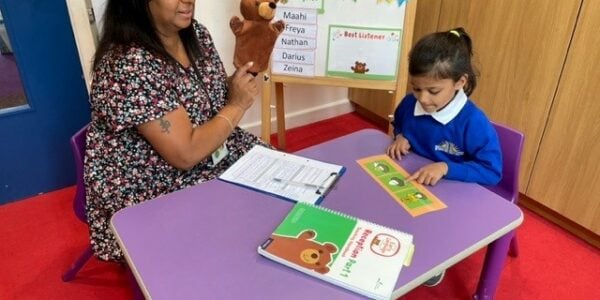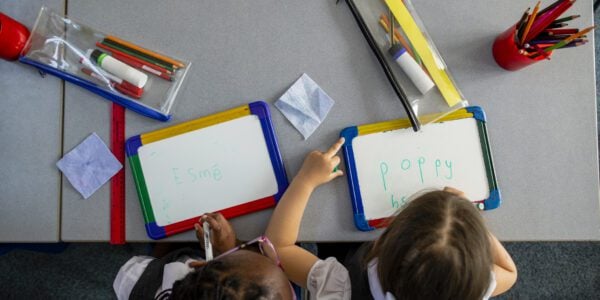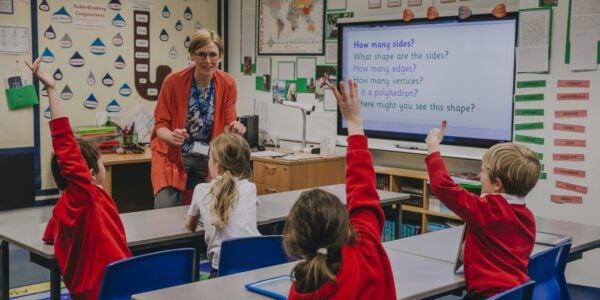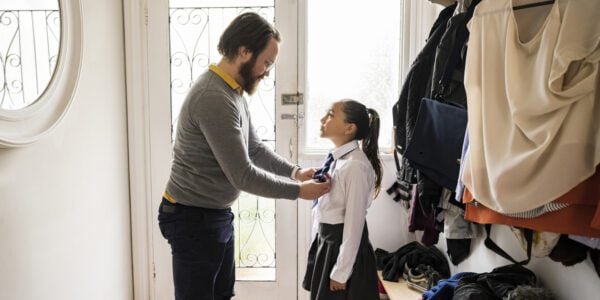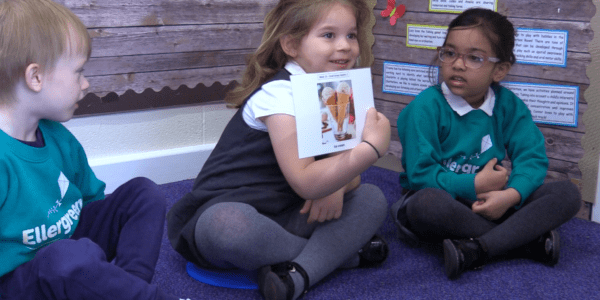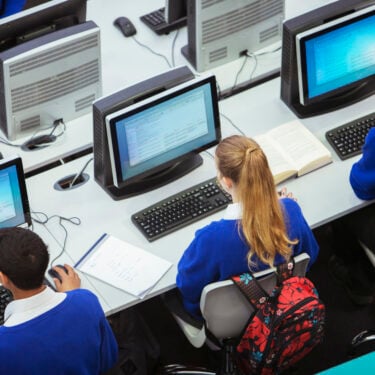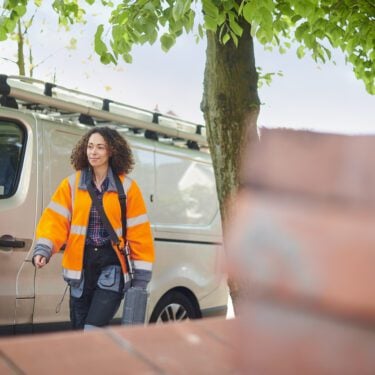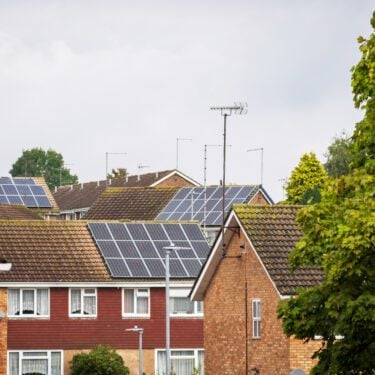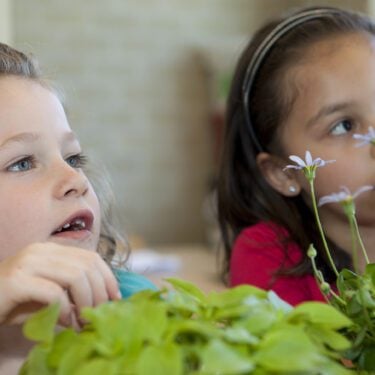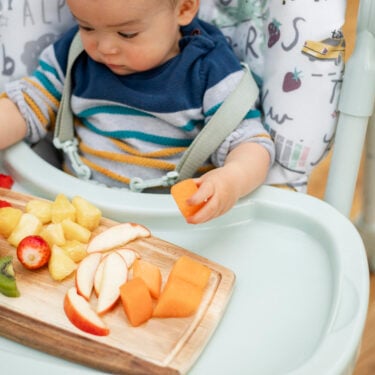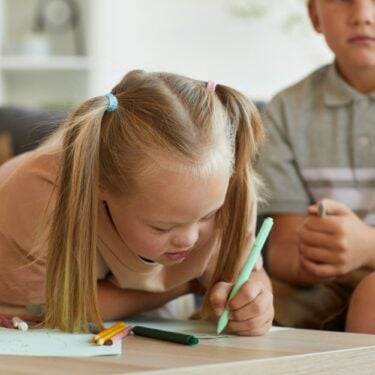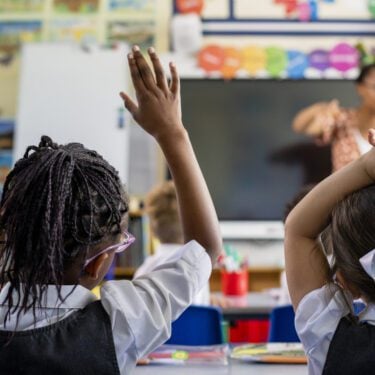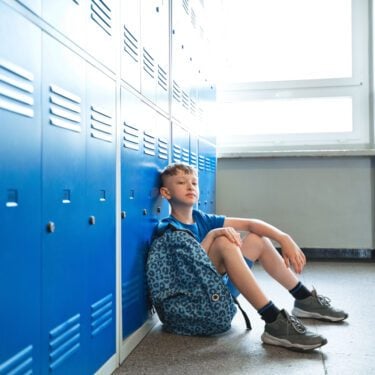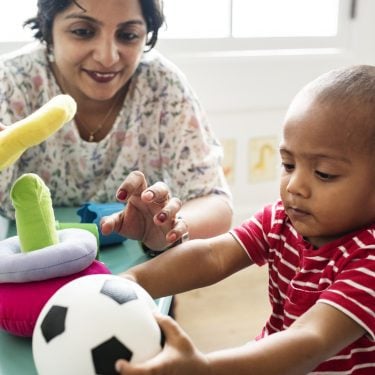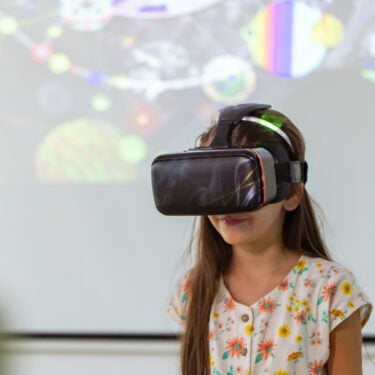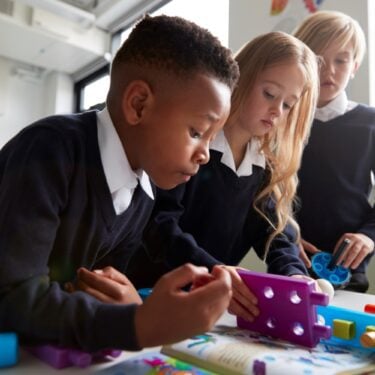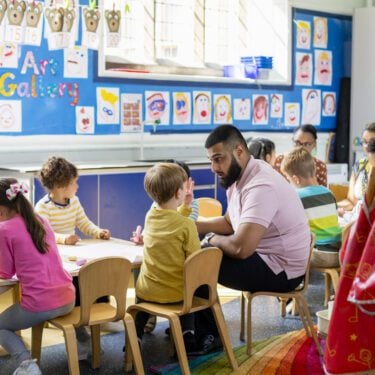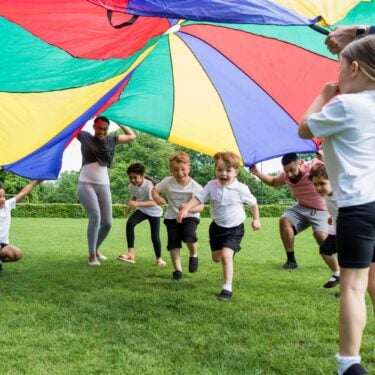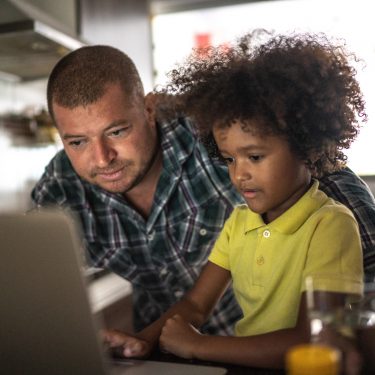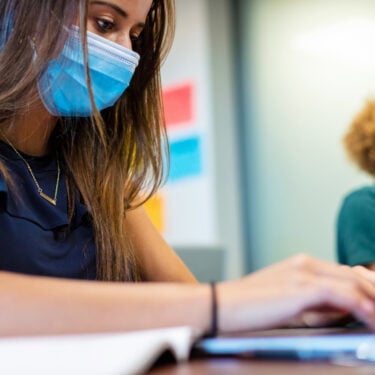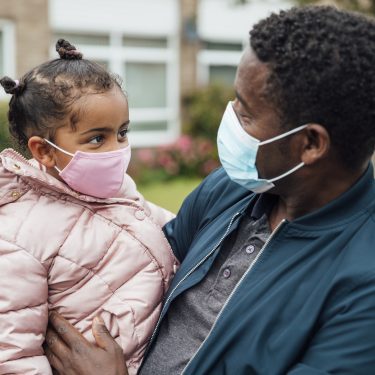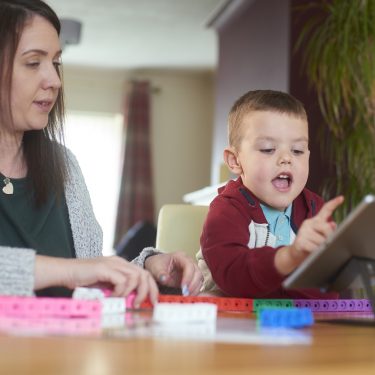A new POSTnote briefing co-authored by Nuffield Foundation POST Fellow, Amelie Ott finds that the use of smartphones and other devices with screens can both support and inhibit child development, depending on the activities undertaken.
Screen-based activities are prevalent in modern childhood and adolescence. The number of different device types used by children, the types of activities undertaken, and time spent using screens have all increased in recent years. Ofcom reports that the amount of time those aged 5–15 years spent online rose from an average of 9 hours per week in 2009 to 15 hours in 2018. Policy-makers and parents have expressed concerns about the possible impacts of of screen use on children and young people’s development and health.
Evidence suggests that screen use can positively support children/young people’s educational, emotional and social development. For example, devices with screens can be used to complete homework, connect with friends or engage with social justice movements. However, there are also risks associated with using internet-connected screens such as exposure to harmful content, cyber bullying or overspending on in-app purchases.
The 2019 Online Harms White Paper identified excessive screen time for children as an emerging concern, suggesting that it could have negative effects on physical and mental health. These concerns were also discussed in a 2019 report by the UK Chief Medical Officers and a report in the same year by the Commons Science and Technology Committee.
There is limited and conflicting guidance internationally on how different age groups should engage with screens. For example, the World Health Organization recommends no screen time for children under the age of 2 and limits of 1 hour per day for children aged 2–4 years. However, experts question what evidence these screen limit recommendations are being based on. In the UK, guidance by the Royal College of Paediatrics and Child Health acknowledges the limited evidence base. Instead of setting arbitrary limits, it recommends that parents negotiate limits according to individual need, the activities undertaken, and the extent to which screen use displaces other activities.
Key findings
- Smartphones, tablets and other devices with screens provide children/young people with opportunities (such as connecting with friends over social media) and risks (such as being exposed to harmful content).
- The evidence base on possible effects of screen use on health and development is still growing. Most published research has studied television use with less research on more modern devices (such as smartphones) or on multi-screen use. In addition, most research only looks at associations between screen use and health indicators without exploring the reasons for these associations.
- Some studies have reported associations between screen use and poorer physical health (such as short-sightedness, obesity and poor sleep). However, it is unknown if screen use causes such outcomes. Other studies indicate that screen use can increase or decrease wellbeing, depending on the type of activity being undertaken.
- Healthy screen use can be supported by guidance, technological solutions (such as parental controls) and education.
The POSTnote is based on literature reviews and interviews with a range of stakeholders and has been externally peer-reviewed.




